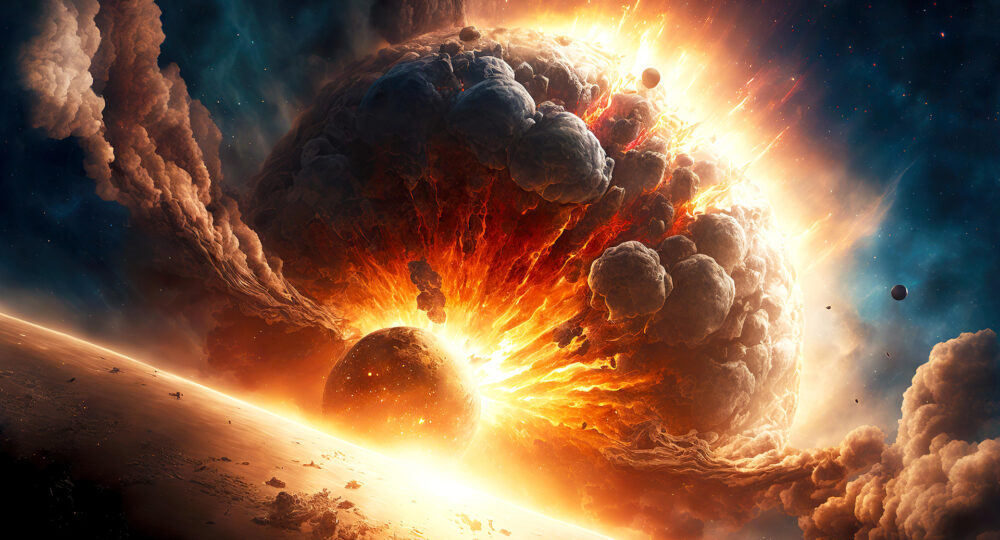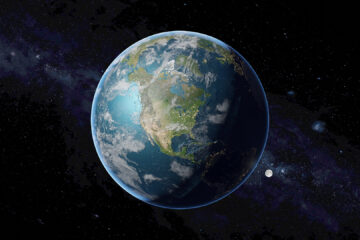
Big Bang and Beyond: Exciting Tour of the Universe
Let's discover some facts and secrets of our universe.

Elisa
Imagine the existence of a never-ending space that’s filled with amazing things like stars, planets, and galaxies. It’s like a giant cosmic ocean with so many mysteries and wonders. Every star in the night sky is a part of this vast universe, and each could have its system of planets, just like our Sun does with Earth and the other planets. Let’s try to understand the universe.
Universe, huh? What is it?

Mark

Elisa
The universe is everything we can see and feel, even things we can’t see, like dark matter and energy. It’s all the space, time, and the contents of space, like stars, galaxies, and even the tiny particles that make up everything. Scientists believe the universe is about 13.8 billion years old. That’s really old! To put it in perspective, if the universe’s entire history were a 24-hour day, humans would have appeared in the last few seconds!
Great! How did it come into existence?

Mark

Elisa
The Big Bang Theory is how scientists explain the beginning of the universe. About 13.8 billion years ago, the universe started as a tiny, incredibly hot, dense point. Then, it suddenly expanded! This wasn’t an explosion but more like a rapid stretching of space. From this, everything in the universe started to cool down and spread out, leading to the formation of simple atoms, then stars, and eventually galaxies.
Then what happened next?

Mark

Elisa
After the Big Bang, the universe was like a thick soup of particles. As it expanded and cooled, these particles started to stick together, forming the first stars and galaxies. Galaxies are like gigantic families of stars, and there are different types:
- Spiral Galaxies: Like our Milky Way, these galaxies have a flat disk shape with spiralling arms.
- Elliptical Galaxies: These are more rounded or oval.
- Irregular Galaxies: These don’t have a definite form and are like cosmic blobs.
As for how many galaxies there are – it’s mind-boggling! Scientists estimate there could be over two trillion galaxies in the observable universe. That’s a lot of cosmic neighbourhoods! The universe is a massive, wonderful place, and there’s always more to learn about it. Every star and galaxy has its own story, and part of the fun is trying to uncover these cosmic tales!
Wow! Amazing. Can you tell me more interesting facts about the universe?

Mark

Elisa
- The universe has been constantly expanding since the Big Bang. This means galaxies are moving further apart over time.
- Scientists have estimated that there are more stars in the universe than grains of sand on all the beaches on Earth. That’s billions upon billions!
- The colour of the universe is beige. Scientists have found that when you blend all the colours of light from all the galaxies, the average color would be a beige-ish shade, officially named “cosmic latte”.
- The Hercules-Corona Borealis Great Wall is the largest known structure in the universe. It’s a giant galactic filament, a vast cluster of galaxies, stretching about 10 billion light-years in size.
- The cosmic microwave background radiation left over from the Big Bang has cooled to just 2.73 degrees above absolute zero, making this the average temperature of the universe.




